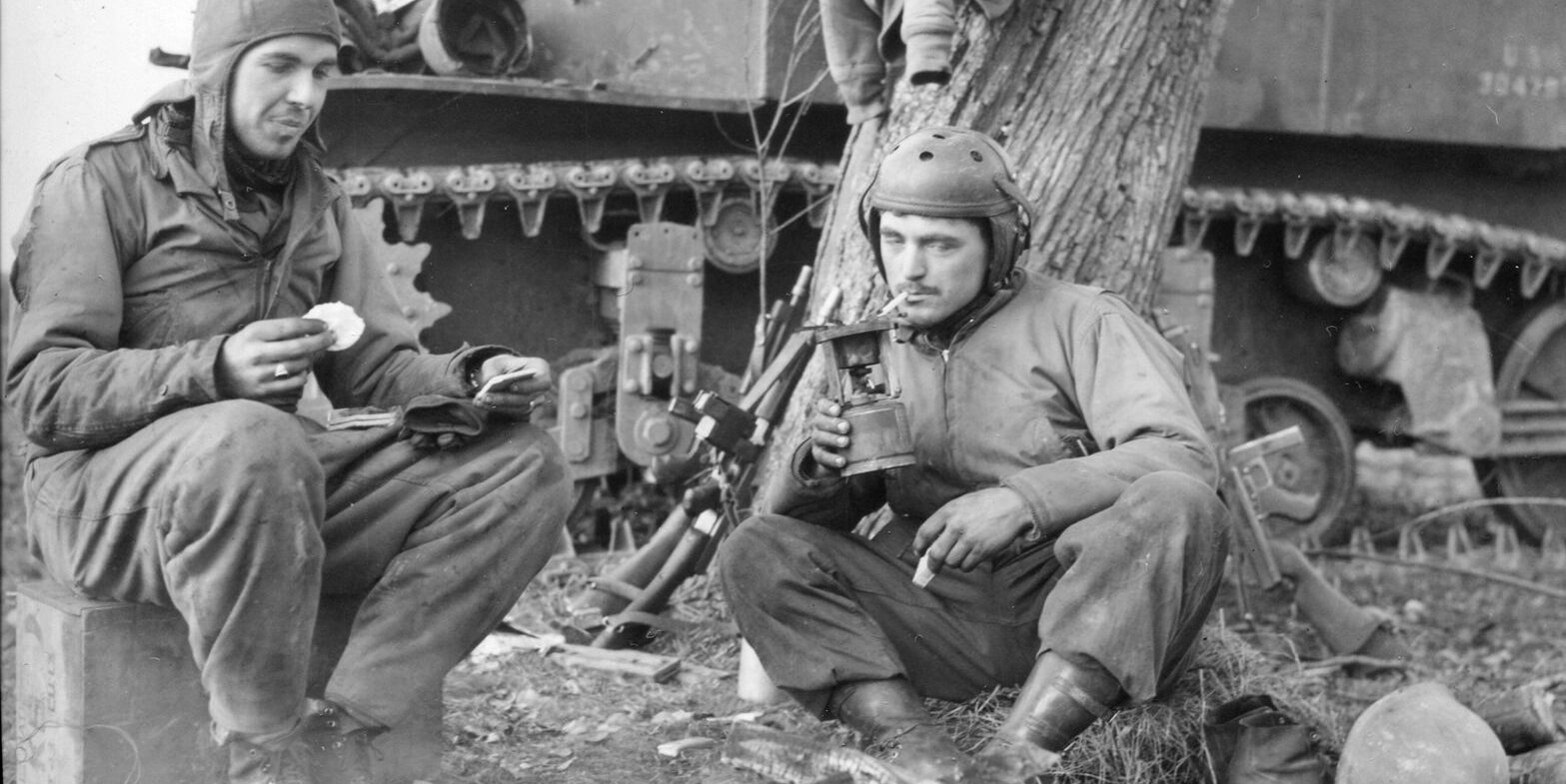
Battle of Bull Run
Stonewall Jackson’s Hard Defeat At The Second Battle of Manassas
By Todd S. BerkoffAs the bright red sun was slowly setting over their shoulders on the balmy evening of August 28, 1862, Union troops marching east along the Warrenton Turnpike knew nothing of what awaited them. Read more



















